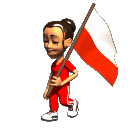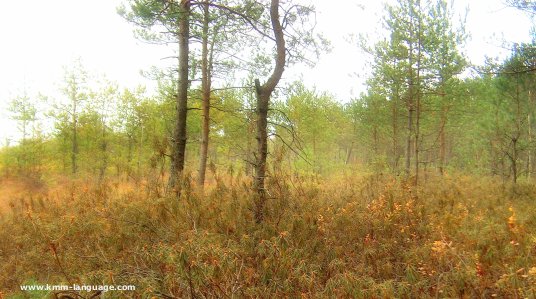|
. Historical region of Polesie (pronounced Polesye) is one of Europe's largest wetlands. It is located on the territories of Belarus, Ukraine, Poland and Russia. The Polish part of it includes Poleski National Park - nearly 100 km2 of mires, ranging from raised bogs to transitional and calcareous mires and alkaline fens, shallow lakes, forests and woodland tundra (typical to Russian Siberia and rather unique in Europe).
The Park's rich vegetation includes over 900 species of higher plants (vascular plants) among them 170 rare species such as 6 species of clubmosses, 3 species of carnivorous sundew, 15 species of orchids as well as globeflower, lousewort, irises and many others. Fifty seven of them are protected plants.
The wetlands are perfect breeding sites for many rare birds such as aquatic warbler, Montagu's harrier, great snipe, curlew, black stork, bluethroat, short-eared owl, lesser spotted eagle, redshank, crane, scarlet rosefinch, black grouse, corn crake, spotted crake, ruff and tattler.
Other inhabitants include ermine, otter, moose, beaver, wolves as well as hundreds of invertebrates species. The Park is also a refuge for European pond turtle.
|



